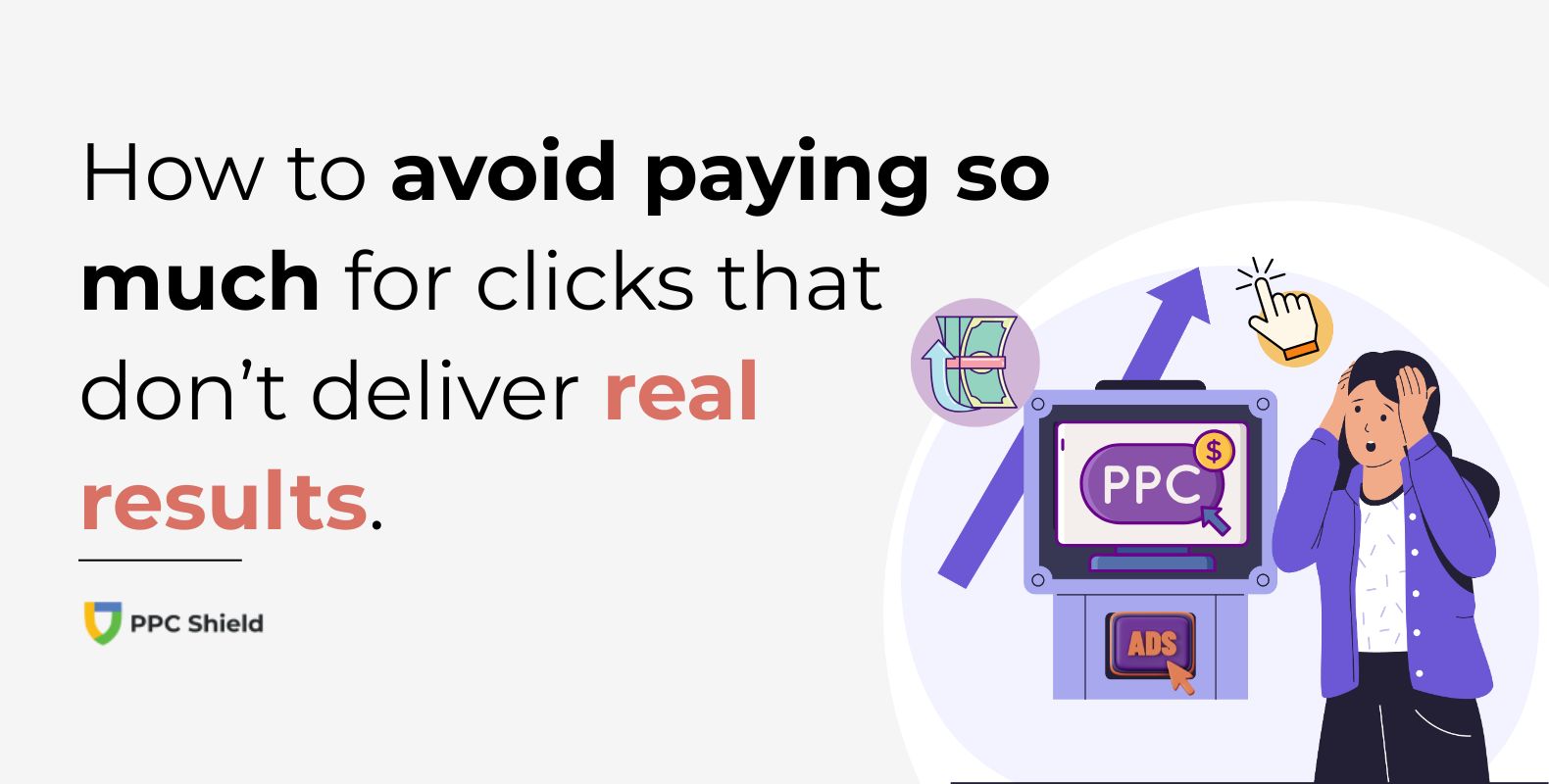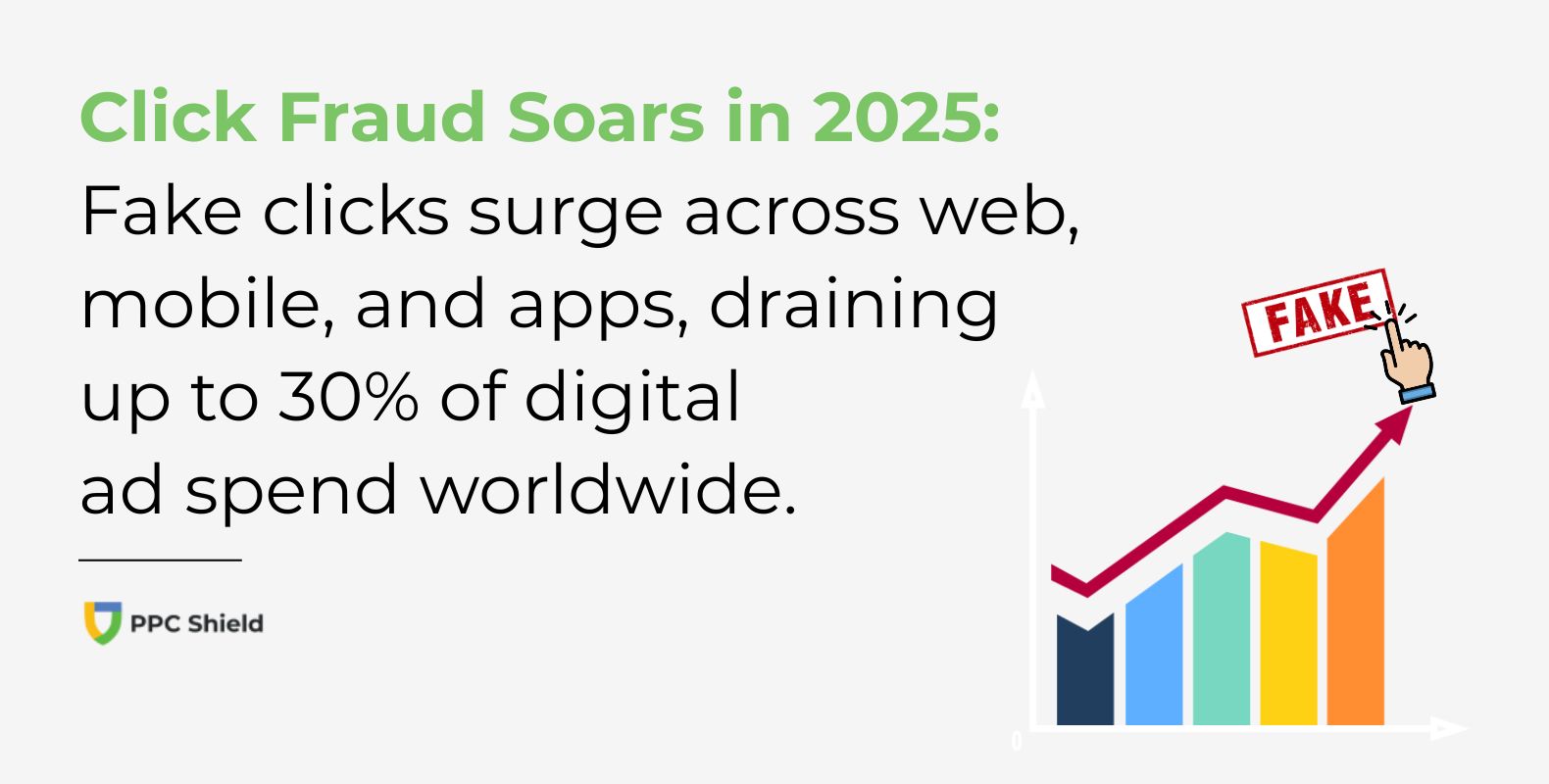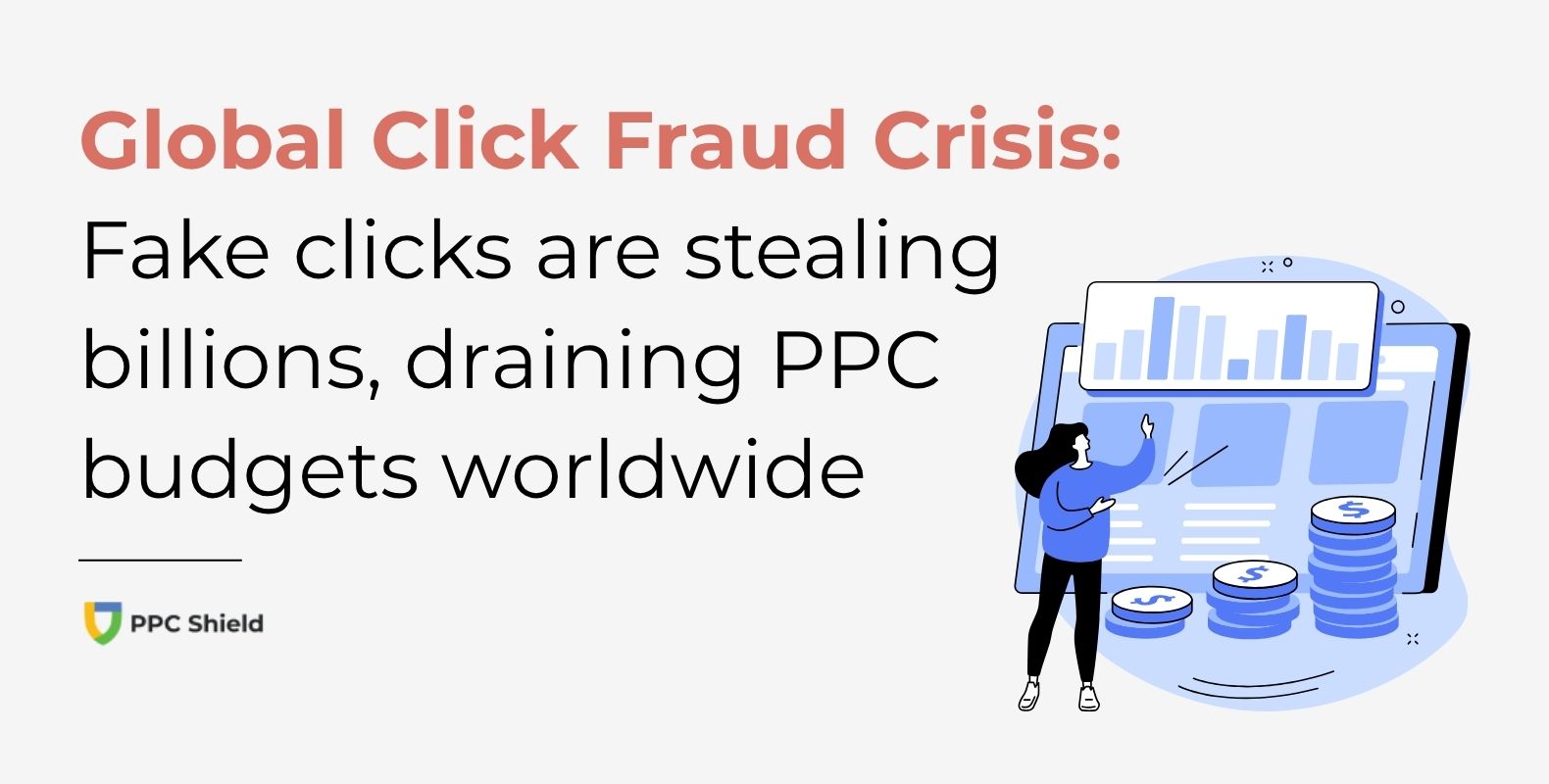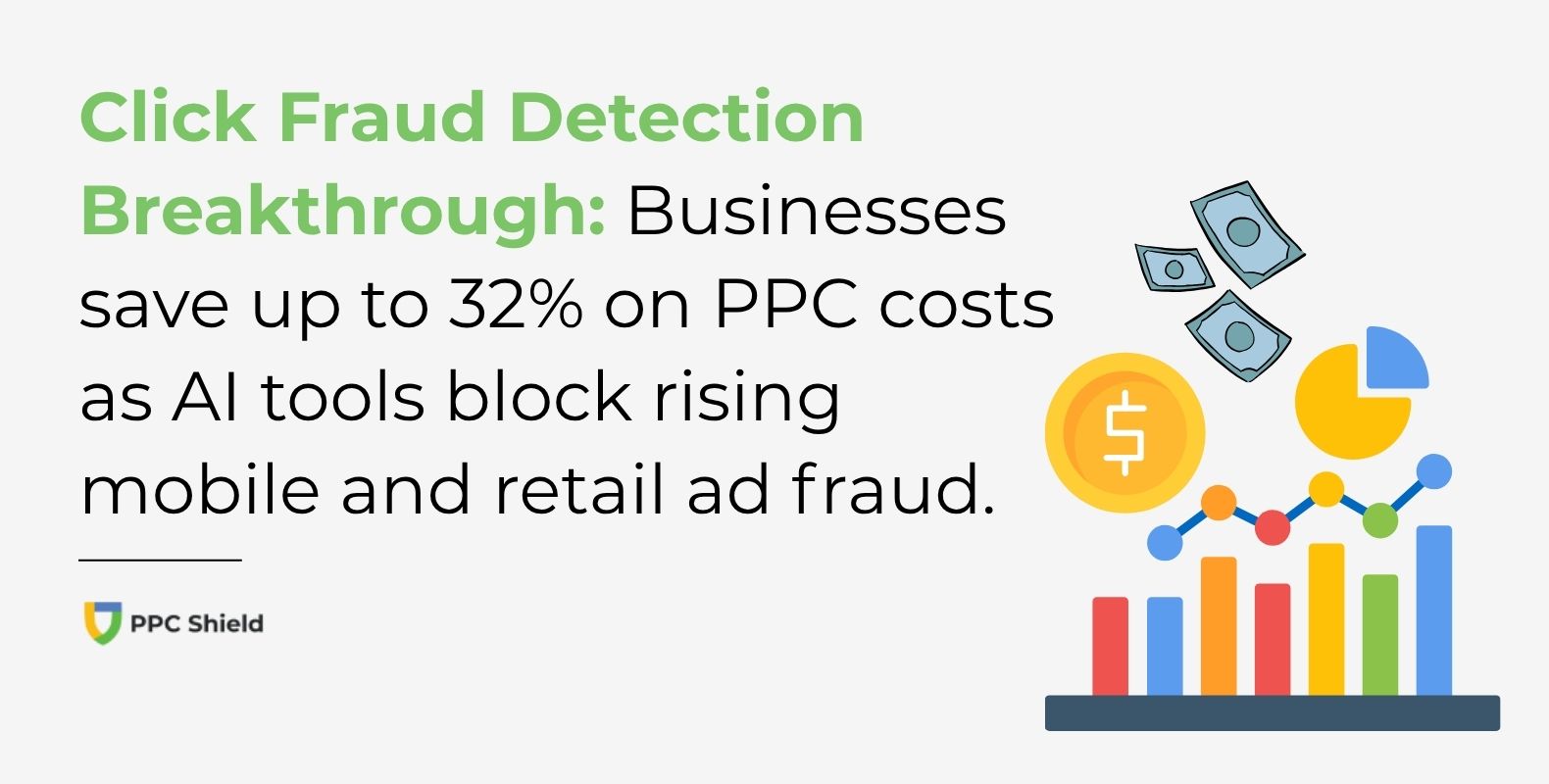Google Ads Cost More Than Ever: But Who’s Actually Clicking?

A digital marketing expert has revealed businesses waste thousands of pounds monthly on Google Ads through fraudulent clicks and invalid traffic. Click fraud thrives.
Jacques Zarka, Senior Analyst of PPC Shield, reviewed industry data showing advertising costs are higher while actual value delivered falls significantly across multiple sectors.
The Hidden Impact of Ad Fraud
The statistics show that Google advertising costs reached £4.22 per click on average in the US during 2023 and the total cost for advertisers is up 19% on the previous 12-month period, showing a rate of increase greater than the current rate of inflation. Costs soar.
Ad fraud is increasing partly due to the proliferation of click farms and bot networks. Google ad costs are up by nearly 20% this past year with some competitive sectors seeing costs exceed £14 per click.
“Google’s statistics show that businesses are struggling as there has been an increase in invalid traffic across multiple sectors,” Zarka said. “This may be due to the rise of sophisticated bots that can bypass basic detection systems.”
Where the Money Really Goes
A World Federation of Advertisers study found only 36 pence of every pound actually goes to “working media” after losses to middlemen and fraud. Waste accumulates.
Between 18-22% of clicks on eCommerce ads in North America come from non-human sources according to mFilterIt research. This contributes to the estimated £20 billion in global ad fraud losses recorded in 2024.
Low Engagement and Fake Views
“The industry statistics show that unverified clicks are costing businesses significantly. This may be why marketing budgets feel stretched despite increased spending,” Zarka explained.
A 2023 Adalytics report revealed over 80% of ads were served to low-engagement users. The same research found most YouTube ads were served muted, minimized, or auto-played, yet charged as full views to advertisers.
Cheq.ai estimated up to 14% of B2B ad clicks were “non-converting” due to fake users. Money wasted. ClickCease research showed one in six clicks came from users who had already clicked in the past 48 hours.
For a business spending £10,000 monthly on Google Ads, this means potentially £2,000-£3,000 completely wasted on invalid traffic that generates no return.
When advertisers question these practices, Google typically responds with assurances about maintaining strict standards while acknowledging they “cannot guarantee every impression.”
“The monthly figures mainly relate to immediate costs, but the long-term impact on marketing ROI is much more significant,” said Zarka. “The pressure for greater click verification will increase throughout 2025.”
The Future of Click Verification
UK businesses already facing economic challenges may benefit from specialized click fraud detection to protect their marketing investments and improve return on ad spend. Protection matters.
The unprecedented growth in digital advertising has inevitably been followed by sophisticated fraud techniques. At the same time, businesses are already facing questions about marketing efficiency as budgets come under scrutiny. Sooner rather than later, better click verification seems inevitable, but the question will be: who should provide it?






